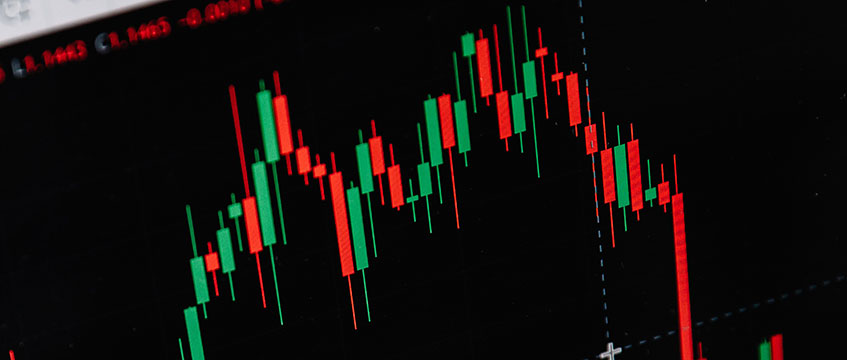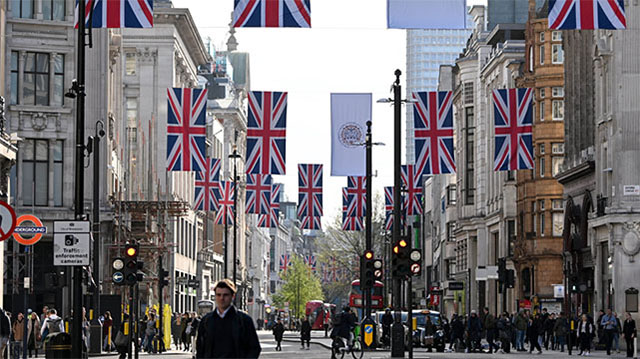Excessive levels of debt are universally value destructive, according to a study, commissioned by Big Yellow, of the impact of leverage on property companies.
The self-storage group and an external consultant looked at the impact of debt leverage on the long-term share performance of 40 listed companies, together with other consumer-facing businesses from 2000 to 2013. The main objective was to see if the results supported the group’s long-held view that lower-geared businesses outperform in the long term.
The study found that different business models with varying operating margins might have, at the margin, different optimum levels of debt.
However, Big Yellow said that a consistent theme emerged that excessive levels of debt have been universally value destructive.
“In a narrow window between 2003 and 2006, higher levels of debt would have delivered higher returns, but even during that period optimum levels of debt were lower than might be expected, and would have required pinpoint accuracy in timing,” it said.
It went on to say that transmission of this value destruction did result in significant underperformance and marked increases in share price volatility.
According to the study, optimum levels of gearing – expressed as net debt to gross asset value – ranged from 10% in moments of extreme fear (2008 to 2009) to 43% in periods of exuberance (2003 to 2006).
Using 2009 to 2013 as a base, being more representative of the long-term norm, albeit on a conservative basis, the optimum level of debt was found to be 23%.
Big Yellow said: “We have previously said that we believe the group would benefit from lower leverage, and the board has a long-term target of group income cover of over five times.
“The relationship of this metric to capital leverage is not perfectly correlated, but making long-term assumptions on values and interest is reasonably correlated.
“We believe that the optimum level of debt for Big Yellow is 20% to 30% with a target of mid 20s from the current level of 29%. Given the subjective nature of valuation, we prefer to express this target as net operating income over debt costs.”
The findings of the study were released in the group’s half-year results to the end of September. The group said its net debt was reduced by £1.8m over the period to £228.6m, giving it a net debt-to-gross property-assets ratio of 29% and a net debt-to-equity ratio of 39%.











